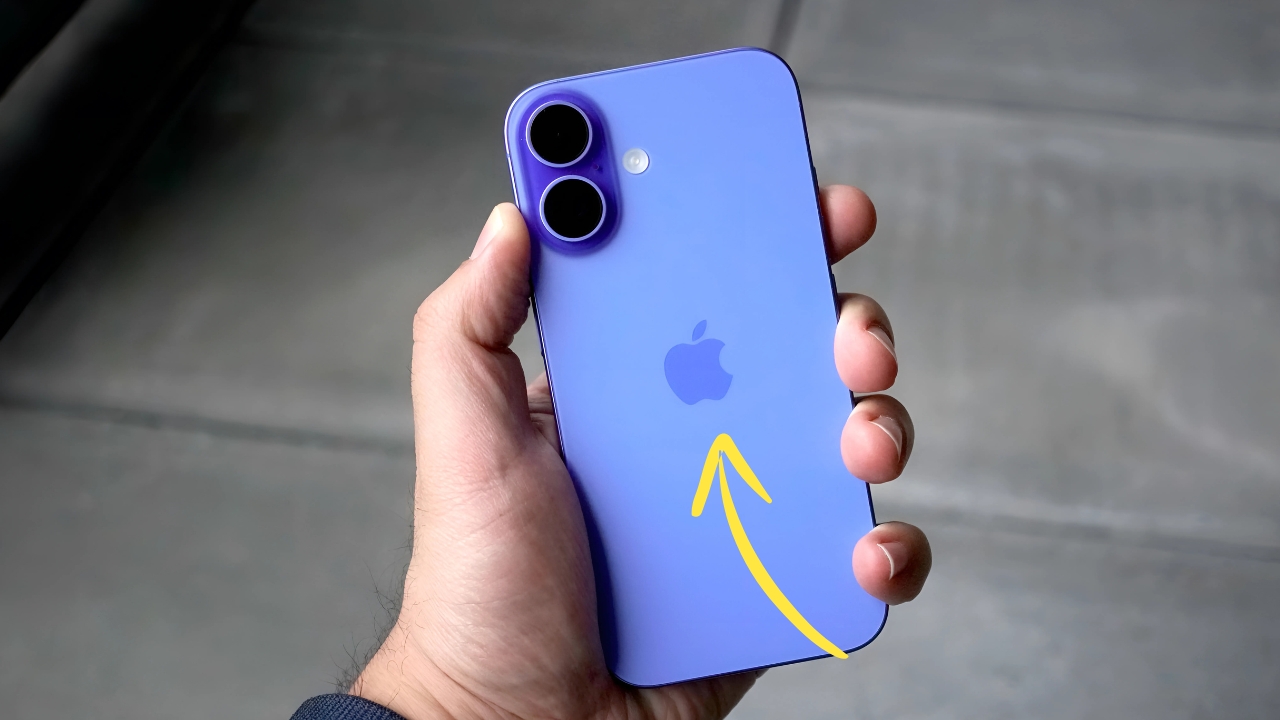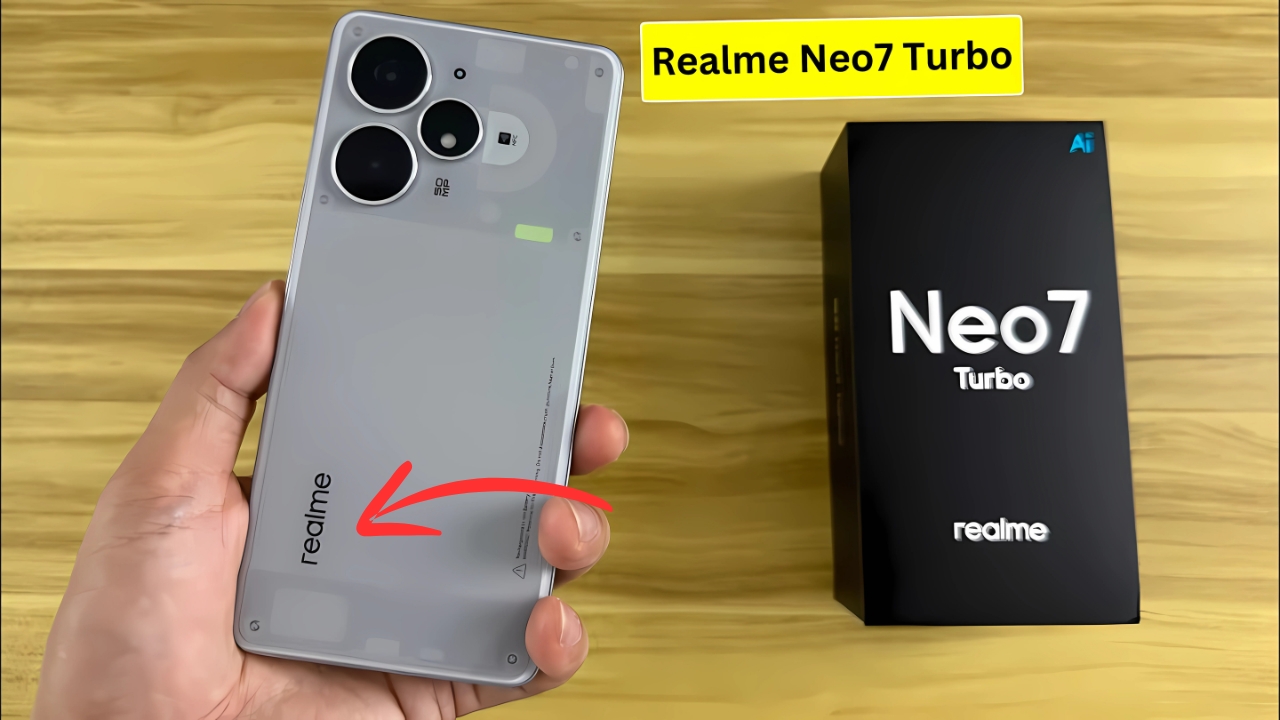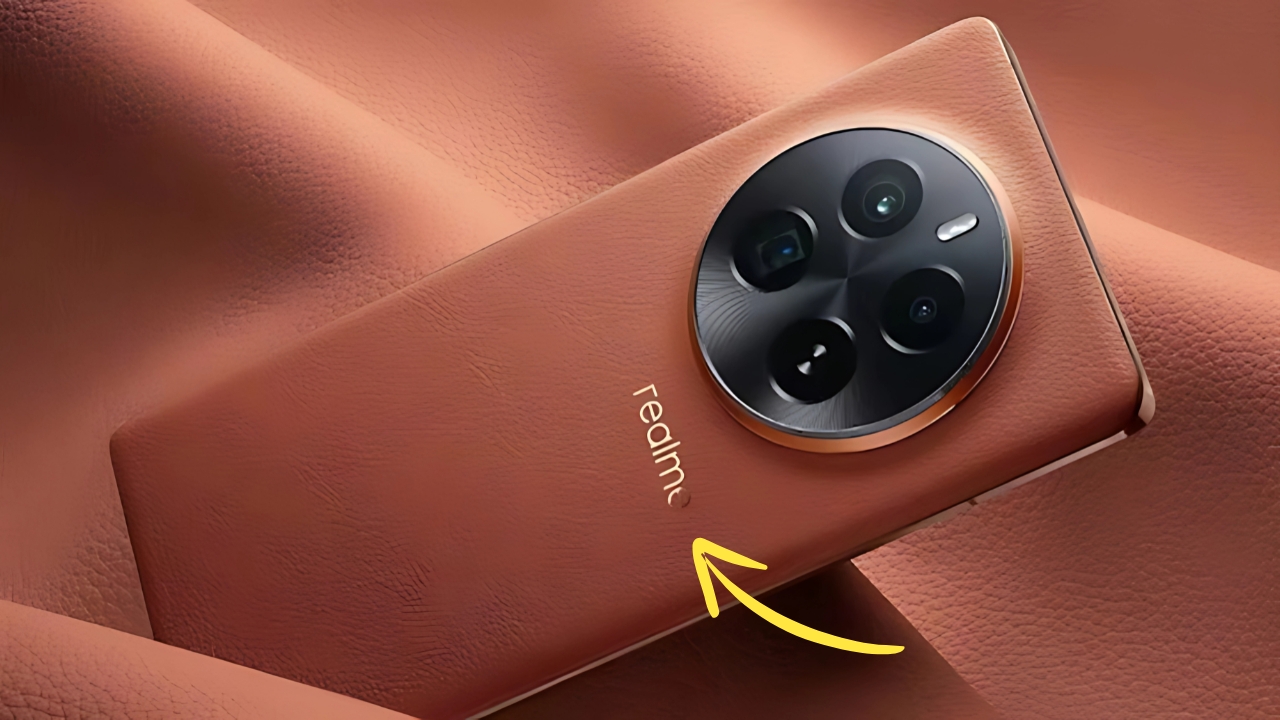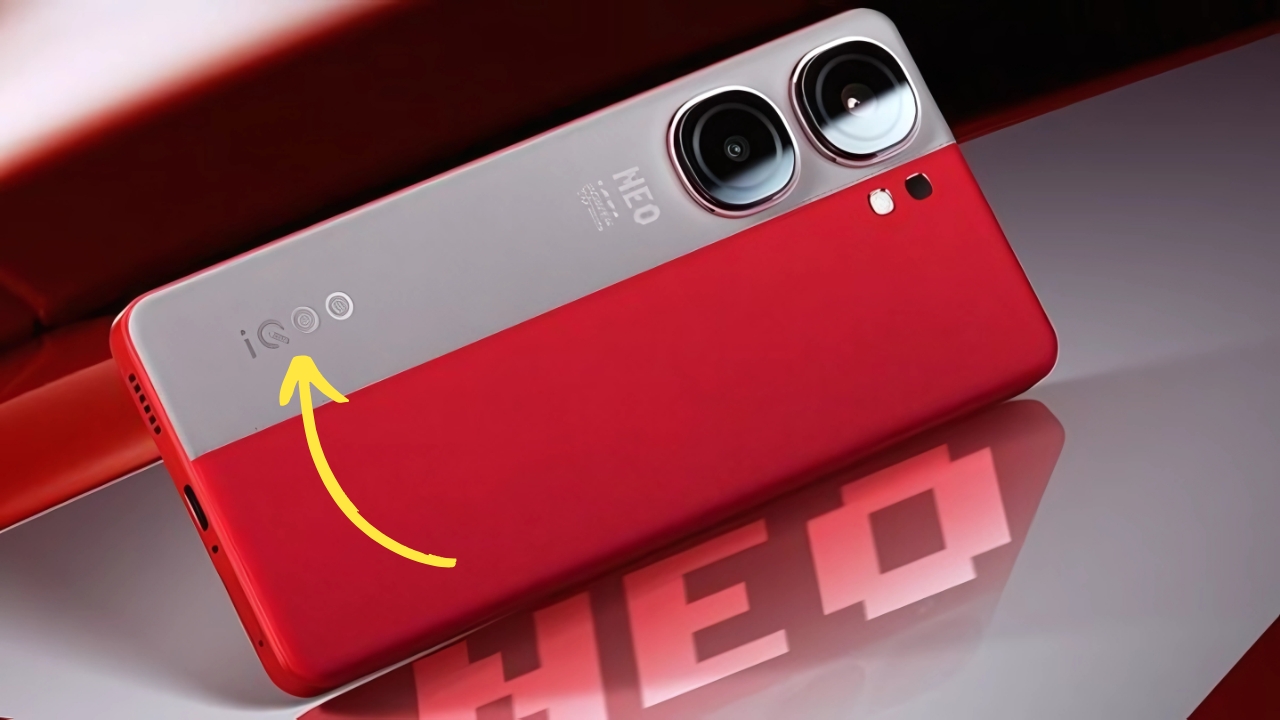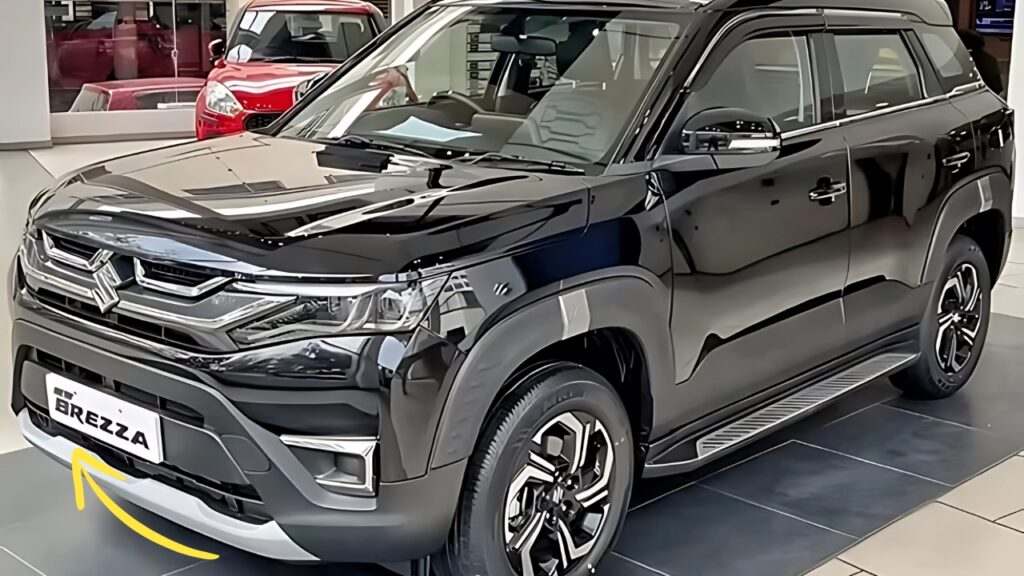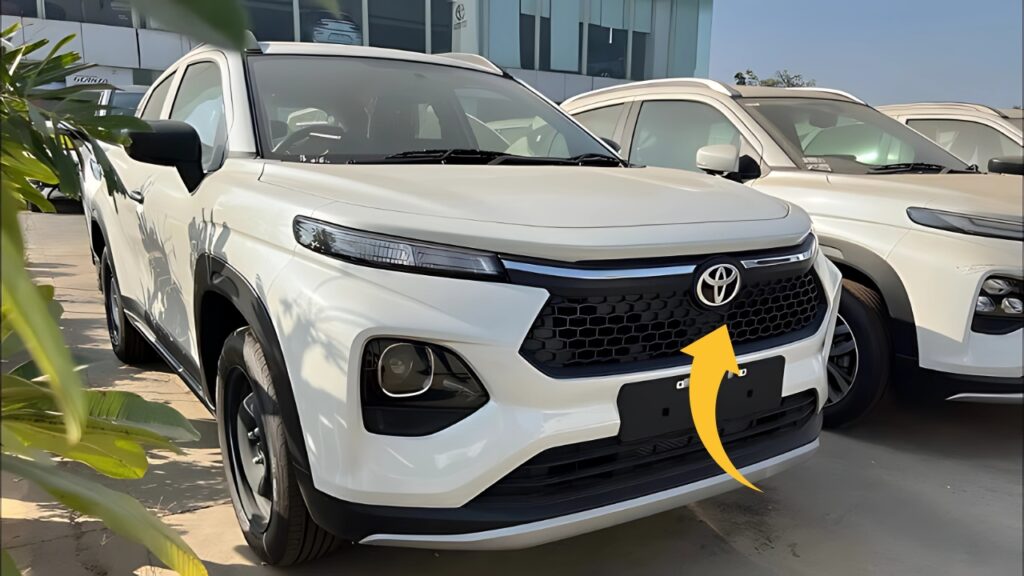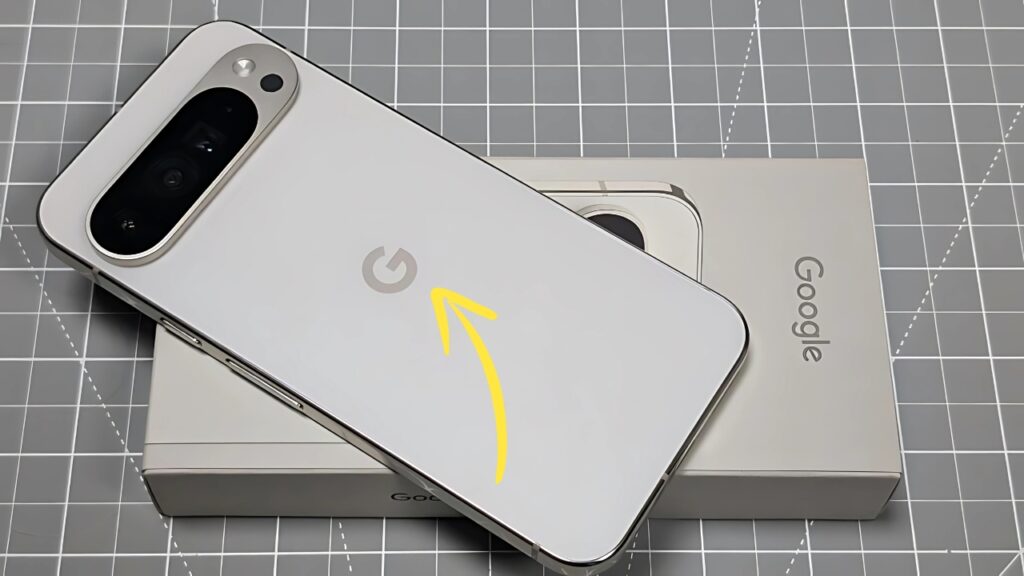OnePlus 12 5G: The smartphone landscape continues to evolve at a breathtaking pace, with manufacturers constantly pushing boundaries to distinguish their premium offerings in an increasingly competitive market.
Among these contenders, OnePlus has maintained a distinctive identity built upon delivering exceptional performance and refined user experiences at compelling price points.
The OnePlus 12 5G represents the company’s latest interpretation of what constitutes a modern flagship—a device that aims to challenge the established premium players while maintaining the brand’s core values of speed, smoothness, and thoughtful design.
This comprehensive examination explores how the OnePlus 12 5G balances cutting-edge technology with practical refinement, analyzing its design philosophy, hardware capabilities, software experience, and overall value proposition in today’s flagship smartphone segment.
OnePlus 12 5G: Design Philosophy: Refined Evolution
The OnePlus 12 5G makes an immediate visual impression with its thoughtfully refined design language that builds upon the established aesthetic of recent generations while introducing subtle enhancements.
Available in three distinctive finishes—Flowy Emerald, Silky Black, and Glacial White—each variant employs different material treatments to create unique visual and tactile characteristics.
The Flowy Emerald option particularly stands out with its marble-like pattern that creates swirling waves of green and black, achieved through a complex multi-layer process beneath the glass that ensures no two devices look exactly alike.
This artistic approach creates a distinctive appearance that catches light in endlessly variable ways. The Silky Black variant employs a matte micro-texture that simultaneously resists fingerprints while providing enhanced grip security.
The Glacial White offers a pristine ceramic-like finish that maintains its clean appearance even after extended handling.
The frame employs precision-milled aluminum with a matte finish that strikes a pleasant balance between premium feel and practical durability.
At 9.15mm thick and weighing 220g, the OnePlus 12 acknowledges its flagship positioning with substantial dimensions that communicate quality while remaining manageable for daily use.
The gentle curve where the front and back glass meet the frame improves hand ergonomics during extended usage sessions.
The camera island deserves special mention for its thoughtful integration into the overall design. The circular module housing the Hasselblad-tuned camera system features a subtle spiral pattern radiating from the center, creating visual interest while referencing the precision optics within.
This distinctive element has become something of a OnePlus signature, establishing immediate brand recognition without requiring prominent logos.
Protection comes via Corning Gorilla Glass Victus 2 on both front and rear panels, providing enhanced drop and scratch resistance compared to previous generations.
The frame includes an IP68 rating for dust and water resistance, ensuring protection against immersion up to 1.5 meters for 30 minutes—a practical consideration that provides peace of mind during everyday use.
Display Excellence: Visual Fidelity Redefined
The front of the OnePlus 12 5G is dominated by a 6.82-inch LTPO AMOLED display that immediately impresses with its vibrant colors and perfect blacks.
The panel features a resolution of 3168 x 1440 pixels (approximately 510 ppi), delivering exceptional sharpness that reveals fine details in text, images, and video content.
The subtle curve at the edges enhances the perceived immersion without introducing the accidental touch issues that plagued more aggressive curved implementations in earlier generations.
Technical specifications reveal support for 10-bit color depth (1.07 billion colors) with 100% coverage of the DCI-P3 color space and Delta E values below 1 in Natural mode, indicating professional-grade accuracy for content creation and consumption.
The panel supports HDR10+, HDR Vivid, and Dolby Vision, revealing subtle details in shadows and highlights that lesser displays compress or lose entirely.
The adaptive refresh rate ranges from 1Hz to 120Hz, dynamically adjusting based on content to balance smooth animations with power efficiency.
Static content like e-books can drop to minimal refresh rates, while scrolling, gaming, and video playback automatically utilize higher rates for fluid motion.
The 240Hz touch sampling rate ensures responsive input recognition, particularly beneficial for competitive gaming scenarios.
Peak brightness reaches an extraordinary 4,500 nits for HDR content and 1,600 nits for typical high brightness scenarios, ensuring excellent visibility even under direct sunlight, while still maintaining precise control at lower brightness levels for comfortable nighttime viewing.
The anti-reflective coating effectively reduces glare without introducing significant color distortion, improving usability in varied lighting conditions.
OnePlus has implemented several technological enhancements that improve the viewing experience.
ProXDR increases dynamic range by intelligently mapping standard content to HDR-like presentation, Aqua Touch ensures responsive input even with wet fingers, and Natural Tone automatically adjusts color temperature based on ambient lighting conditions. These thoughtful additions enhance everyday usability without requiring user configuration.
Technical Specifications Table
| Feature | Specification |
|---|---|
| Display | 6.82″ LTPO AMOLED, 3168 x 1440 pixels, 1-120Hz adaptive refresh rate |
| Processor | Qualcomm Snapdragon 8 Gen 3 (4nm) |
| CPU Configuration | 1x 3.3GHz (Prime) + 5x 3.2GHz (Performance) + 2x 2.3GHz (Efficiency) |
| GPU | Adreno 750 |
| RAM | 12GB/16GB/24GB LPDDR5X |
| Storage | 256GB/512GB/1TB UFS 4.0 (non-expandable) |
| Rear Camera System | 50MP Sony LYT-808 main camera (f/1.6, OIS) <br> 48MP ultrawide (f/2.2, 114° FoV) <br> 64MP periscope telephoto (f/2.6, 3x optical zoom, OIS) |
| Front Camera | 32MP (f/2.4) |
| Battery | 5,400mAh silicon-carbon |
| Charging | 100W SUPERVOOC wired, 50W AIRVOOC wireless, 10W reverse wireless |
| Operating System | OxygenOS 14 based on Android 14 |
| Updates | 4 years of OS updates, 5 years of security patches |
| Biometrics | Under-display ultrasonic fingerprint sensor, face unlock |
| Dimensions | 164.3 x 75.8 x 9.15mm |
| Weight | 220g |
| Build | Aluminum frame, Gorilla Glass Victus 2 front and back, IP68 rating |
| Connectivity | 5G, Wi-Fi 7, Bluetooth 5.4, NFC, IR blaster |
| Audio | Stereo speakers with Dolby Atmos, no 3.5mm jack |
| Colors | Flowy Emerald, Silky Black, Glacial White |
| Additional Features | Alert Slider, Hasselblad camera tuning, Trinity Engine |
Performance Architecture: Computational Powerhouse
At the heart of the OnePlus 12 5G lies the Qualcomm Snapdragon 8 Gen 3 processor, currently representing the pinnacle of Android smartphone silicon.
This 4nm SoC combines one prime Cortex-X4 core running at 3.3GHz, five performance cores at 3.2GHz, and two efficiency cores at 2.3GHz. The Adreno 750 GPU handles graphics duties with support for advanced rendering techniques including hardware-accelerated ray tracing.
Memory configurations start at 12GB of LPDDR5X RAM, with options extending to 16GB and an unprecedented 24GB for the highest tier variant.
Storage begins at 256GB using UFS 4.0 technology, with 512GB and 1TB options available for those requiring additional space.
The absence of expandable storage might disappoint some power users, but the generous base capacity partially mitigates this limitation.
OnePlus has introduced the Trinity Engine—a comprehensive system-level optimization framework that coordinates CPU, RAM, and storage performance to deliver consistent responsiveness throughout the device’s lifespan.
This approach focuses not merely on peak benchmark figures but on sustained performance during extended usage scenarios, addressing the real-world performance degradation that often affects Android devices over time.
Thermal management represents a significant engineering challenge for powerful, slim devices. OnePlus has implemented an advanced Dual Cryo-velocity Vapor Chamber cooling system with 9140mm² of dissipation area—approximately 75% larger than the previous generation.
This solution incorporates multiple graphite sheets and a copper vapor chamber to efficiently distribute heat across the device’s internal volume, preventing thermal throttling during sustained workloads.
Benchmark results demonstrate the OnePlus 12’s formidable capabilities. Geekbench 6 scores exceed 2,200 points in single-core and 7,000 points in multi-core tests, while AnTuTu results approach 2,000,000 points—figures that place the device among the most powerful smartphones currently available.
More importantly, these synthetic benchmarks translate to exceptional real-world performance, with instant app launching, seamless multitasking between demanding applications, and smooth gaming even in the most graphically intensive titles at maximum quality settings.
Camera Capabilities: Hasselblad-Enhanced Imaging
The camera system represents one of the OnePlus 12’s most significant improvements, building upon the Hasselblad partnership established in previous generations. The triple rear camera array consists of:
A 50MP Sony LYT-808 main sensor with optical image stabilization and an f/1.6 aperture
A 48MP ultrawide camera with a 114° field of view and f/2.2 aperture
A 64MP periscope telephoto camera offering 3x optical zoom with OIS and an f/2.6 aperture
The front-facing camera utilizes a 32MP sensor with an f/2.4 aperture, supporting detailed selfies and reliable face unlock functionality.
The hardware specifications tell only part of the story, however. The Hasselblad collaboration extends beyond mere branding to include color science tuning and computational photography enhancements.
The “Hasselblad Portrait Mode” simulates the distinctive bokeh characteristics of legendary Hasselblad lenses like the XCD 30mm and 65mm, while the Pro mode offers manual controls inspired by Hasselblad’s camera interface.
In practical usage, the main camera delivers exceptional results across lighting conditions.
The large sensor size combined with the wide aperture provides natural depth of field effects, while the optical stabilization enables sharp images even in challenging light.
Dynamic range performance impresses with its ability to retain both shadow detail and highlight information in high-contrast scenes.
Color reproduction maintains Hasselblad’s characteristic natural approach, avoiding the excessive saturation often found in smartphone photography.
The periscope telephoto camera represents a significant upgrade over previous OnePlus implementations, delivering detailed images at 3x optical zoom and maintaining impressive quality up to approximately 10x through hybrid zoom technology.
Portrait mode leverages this dedicated telephoto lens for more flattering perspective and natural background blur, avoiding the computational approximations necessary when using wide-angle lenses for portrait photography.
Low-light performance sets new standards for the brand, with the night mode intelligently combining multiple exposures to extract remarkable detail from dark scenes while maintaining natural color and controlling noise.
The master algorithm analyzes different regions of the image separately, applying appropriate processing to each area rather than using a one-size-fits-all approach across the entire frame.
Video capabilities extend to 8K recording at 24fps or 4K at up to 60fps, with effective electronic image stabilization that produces smooth footage even during movement.
The “Movie Mode” provides cinema-style aspect ratios, focus peaking, and zebra pattern exposure warnings for more precise control during video capture.
Software Experience: OxygenOS Refinement
The OnePlus 12 5G runs OxygenOS 14 based on Android 14, with OnePlus promising four years of major OS updates and five years of security patches—a commitment that substantially enhances the device’s long-term value proposition.
This extended support reflects growing industry recognition of smartphone longevity and consumer expectations for premium devices.
OxygenOS has evolved significantly since its early days as a near-stock Android experience, though it maintains a focus on speed and smoothness that has defined OnePlus software since inception.
The current implementation strikes a reasonable balance between feature richness and interface clarity, avoiding the excessive complexity found in some competing skins while still offering meaningful enhancements over standard Android.
Notable software features include:
AI Boost: Machine learning optimizations that predict user behavior to pre-load applications and adjust system resources according to usage patterns.
Open Canvas: A multitasking implementation that allows applications to expand beyond the physical screen boundaries, creating an extended workspace that can be navigated with intuitive gestures.
O-Sync: A specialized chip that boosts touch response rates up to 1000Hz during gaming sessions, providing ultra-responsive input recognition for competitive titles.
HyperBoost: Gaming optimizations that intelligently allocate CPU, GPU, and network resources to maximize performance while maintaining thermal stability during extended gameplay.
Smart Cutout: AI-powered image processing that can identify and isolate subjects from photos for sharing, saving, or creating collages without manual selection.
These features demonstrate OnePlus’s focus on meaningful enhancements rather than novelty functions that often go unused after initial experimentation.
The system remains responsive even after extended use, with effective memory management that maintains background app states without aggressive closures or noticeable slowdowns.
Battery Life and Charging: Endurance with Speed
Power management represents another area where the OnePlus 12 5G demonstrates technical sophistication. The 5,400mAh silicon-carbon battery provides exceptional capacity that translates to genuine all-day endurance even under demanding usage patterns.
Typical mixed usage involving social media, photography, web browsing, and occasional gaming consistently delivers 7-8 hours of screen-on time, sufficient for even the longest days without requiring mid-day charging.
More conservative usage can extend this to nearly two days, while intensive gaming or navigation will naturally accelerate battery depletion but still provide adequate runtime for most scenarios.
When recharging becomes necessary, the included 100W SUPERVOOC adapter replenishes the battery from empty to 100% in approximately 26 minutes—an extraordinary charging speed that fundamentally changes usage patterns.
The ability to gain a full day’s power in the time it takes to shower and have breakfast effectively eliminates battery anxiety from the ownership experience.
Wireless charging at 50W (using the optional AIRVOOC charger) provides convenient alternative replenishment without significant speed compromises, completing a full charge in approximately 55 minutes.
The 10W reverse wireless charging functionality allows the OnePlus 12 to power accessories like earbuds or smartwatches in emergency situations.
Battery health features include a Battery Health Engine that optimizes charging patterns to preserve long-term capacity, Smart Charging that learns from usage habits to minimize time spent at 100% charge, and various power-saving modes that intelligently restrict background processes based on user behavior rather than implementing blanket limitations.
Audio and Haptics: Sensory Refinement
Audio performance receives thoughtful attention with stereo speakers tuned in collaboration with Dolby Atmos, delivering clear separation and surprising bass response considering the device’s slim profile.
Maximum volume levels exceed many competitors, providing sufficient output for sharing content in moderately noisy environments without distortion.
While the 3.5mm headphone jack remains absent—now standard practice in the flagship segment—the USB-C port supports high-resolution audio output with compatible wired headphones.
Bluetooth audio implementation includes LHDC, LDAC, and aptX HD codec support for minimizing quality loss with wireless headphones.
Haptic feedback represents another area of notable refinement, with a high-quality linear vibration motor providing precise, subtle tactile responses throughout the interface.
This seemingly minor detail significantly enhances perceived quality during everyday interactions, from keyboard typing to UI navigation and gaming effects.
Value Proposition and Conclusion
The OnePlus 12 5G occupies a compelling position in the increasingly stratified flagship smartphone market.
By delivering top-tier specifications and genuinely useful features while maintaining pricing below ultra-premium competitors, OnePlus continues its tradition of offering exceptional value within the flagship segment.
The combination of class-leading display brightness, versatile camera system, outstanding battery life with rapid charging, and extended software support creates a comprehensive package that competes favorably with devices costing significantly more.
While no longer offering the disruptive pricing of early “flagship killer” models, the OnePlus 12 still represents one of the most balanced value propositions among true flagship devices.
Perhaps most importantly, the OnePlus 12 5G achieves this competitive positioning without obvious compromises in any critical area.
The thoughtful balance of performance, imaging capabilities, display quality, and battery life creates a cohesive user experience that feels premium in everyday use rather than merely impressive on specification sheets.
For consumers seeking a no-compromise flagship experience without extending to the absolute premium price tier, the OnePlus 12 5G presents one of the most compelling options in the current market—a device that honors the brand’s performance-focused heritage while delivering the refinement and sophistication expected in a modern flagship smartphone.

